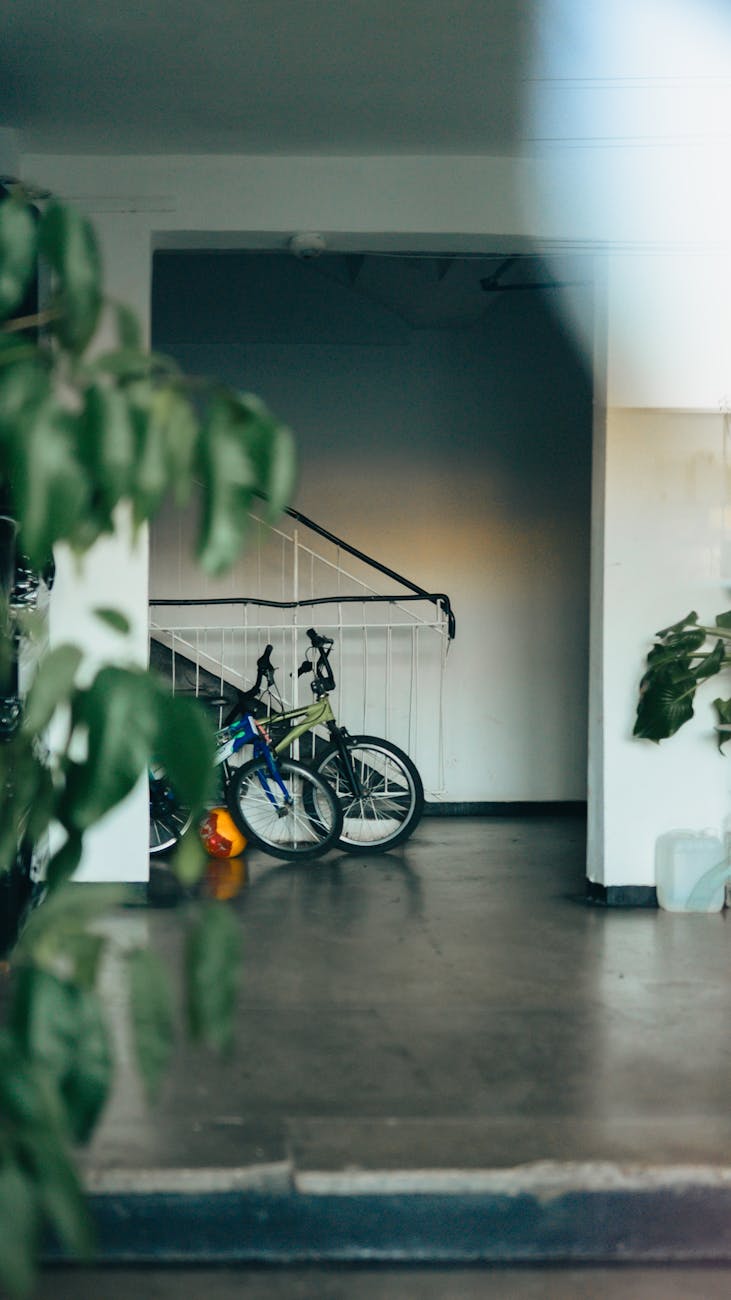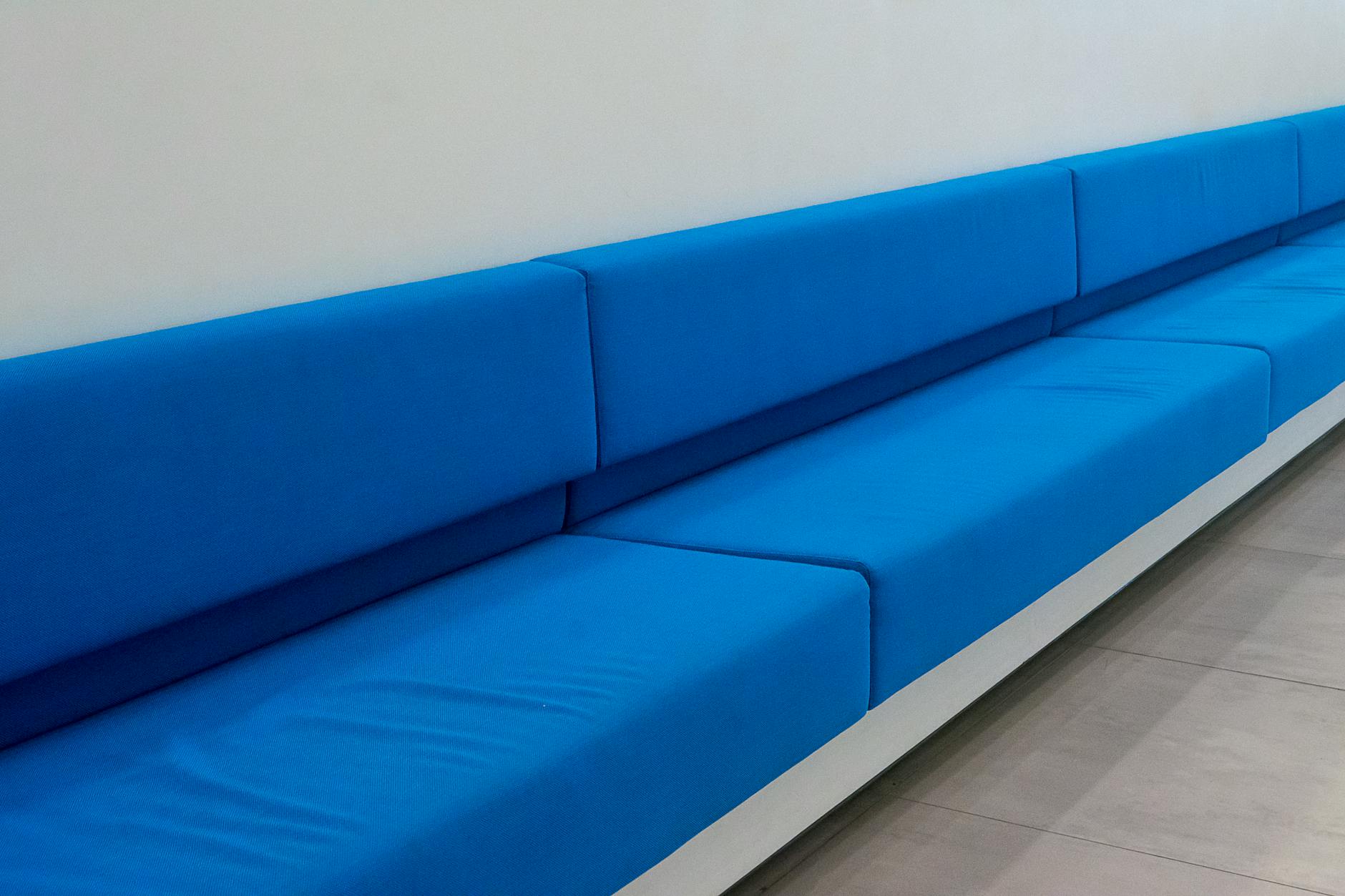Diving into Minimalism: How to Achieve More with Less in Your Home
Minimalism is more than just a design choice; it is a lifestyle that emphasizes the beauty of simplicity in our homes. By embracing minimalist principles, you can create a space that is not only visually appealing but also functional and stress-free. In this article, we will explore how to declutter, choose meaningful items, and simplify your living environment. We will also discuss the psychological benefits of minimalism and practical steps to achieve a more zen-like atmosphere in your home. Join us on this journey to discover how doing less can lead to achieving more in your living space.
The importance of decluttering
Initially, embracing minimalism starts with decluttering your space. This process involves evaluating your belongings and identifying what truly adds value to your life. To effectively declutter, consider the following steps:
- Set a timeline: Allocate specific days to tackle different areas of your home.
- Use the ‘one year rule’: If you haven’t used an item in the past year, it may be time to let it go.
- Sort items into categories: Keep, donate, and discard. This helps in making informed decisions.
Decluttering not only creates an organized home but also fosters a sense of calm, allowing you to focus on what truly matters.
Choosing meaningful items
Once you’ve decluttered, the next step is to choose items that resonate with you. Curating a collection of meaningful possessions enhances the beauty of your home. Ask yourself these questions when selecting items:
- Does this item have a story or memory attached to it?
- Will I use this item regularly?
- Does it contribute to the aesthetic I want to create?
By thoughtfully selecting items, you cultivate a space that reflects your personality and values. A home adorned with cherished belongings is more fulfilling than one overcrowded with trends or unnecessary items.
Creating functional spaces
Minimalism promotes functionality without sacrificing style. Each room should serve a purpose, and every piece of furniture should contribute to that purpose. Consider implementing the following strategies:
| Room | Functional Ideas |
|---|---|
| Living Room | Incorporate multi-functional furniture, like a sofa bed or an ottoman with storage. |
| Kitchen | Use clear containers for organizing ingredients and eliminate appliances that you rarely use. |
| Bedroom | Opt for minimalistic décor and invest in quality bedding for comfort. |
By fostering a focus on functionality, you minimize clutter while enhancing the usability of your space. A well-planned home can improve your daily routines and lead to a more enjoyable living experience.
The psychological benefits of minimalism
The shift towards minimalism isn’t purely physical; it has profound psychological implications. Studies have shown that a decluttered environment leads to reduced stress levels and enhanced productivity. Some psychological benefits include:
- Improved focus: A minimalist space reduces distractions and promotes clarity of thought.
- Increased creativity: A simplified space provides room for innovation and inspiration.
- Enhanced well-being: A peaceful environment can contribute to mental health and emotional stability.
By adopting minimalism, you create a serene ambiance that positively impacts your quality of life.
Final thoughts on minimalism
Embracing minimalism in your home is a transformative journey that facilitates a more meaningful existence. Through effective decluttering, selecting meaningful items, and creating functional spaces, you can achieve a tranquil living environment that nurtures your well-being. The psychological benefits further enhance this approach, leading to a richer, more balanced life. Ultimately, minimalism teaches us that less truly can be more, opening the door to freedom from excess and allowing us to concentrate on what truly matters. By adopting these principles, you not only simplify your home but also enrich your life.
Image by: Diana ✨
https://www.pexels.com/@didsss




